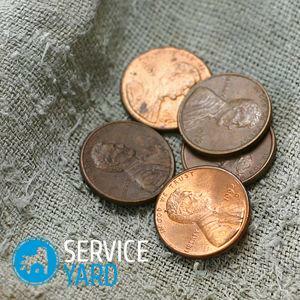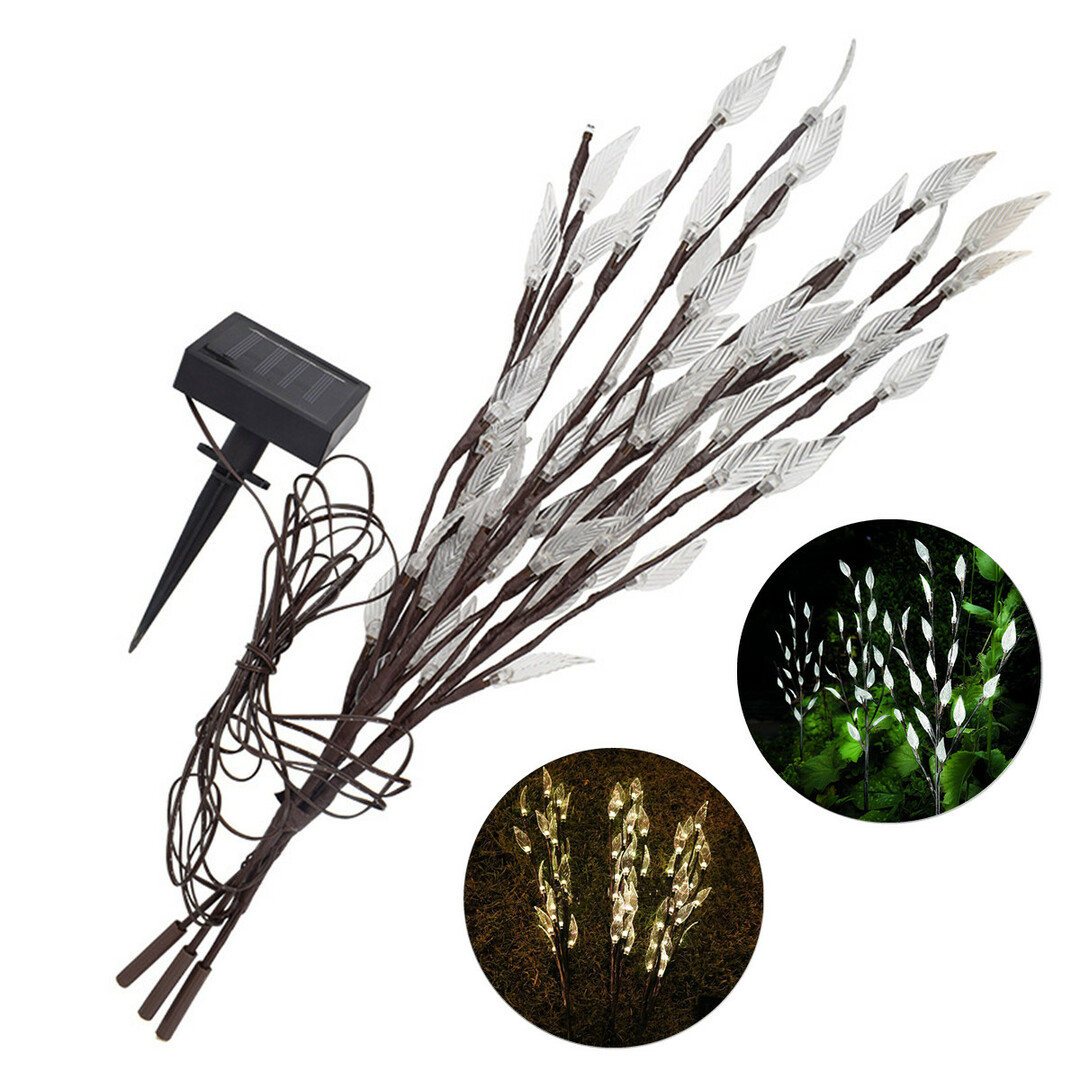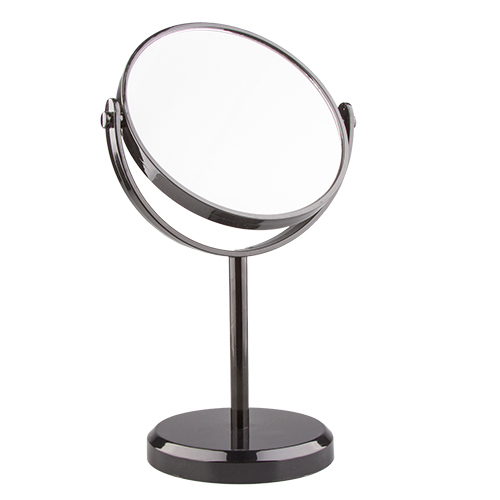
- Coin materials
- Coin cleaning. Universal methods
- Cleaning of coins from precious metals
- Cleaning of silver coins
- Cleaning of copper coins
- Cleaning of nickel coins
- Cleaning of bronze coins
- Coins of the times of the USSR
Cleaning coins is sometimes an absolutely superfluous action, because in certain cases uncleared numismatic products are much more valuable. Pollution, which is very rarely cleaned, is called a patina. This is the usual oxidation of the surfaces of the metal from which the object is made. As a rule, it means that the subject has a very long and interesting life. All this concerns the natural patina, which evenly covers the entire product. If the patina covers with ugly spots only a part of it, then cleaning of the coins is needed to give a beautiful look to the product.
Important! Many masters specially cover such objects with artificial patina. Thus, trying to give it a more noble and old look.
to the table of contents ↑Coin materials
If there is grease and dirt on metal money, then they should be cleaned unambiguously. Cleaning coins depends on the degree of contamination and on the material of the product.
Coins can be made of the following metals:
- Gold.
- Silver.
- Platinum.
- Copper.
- Aluminum.
- Nickel.
- Iron.
- Tin.
- Manganese.
- Chrome.
- Zinc.

Important! Cleaning of money from metal can be carried out in many ways. Some of them are universal, that is suitable for various alloys. But there are also those tools that can be used only on certain metals. Be careful when choosing a tool so as not to spoil the money, especially if they have value as an object of antiquity.
to the contents ↑Cleaning of coins. Universal methods
Do not rush to clean numismatic objects with aggressive solutions. Regardless of the material of the product, simple universal methods can help you. They are especially good in cases when you doubt the metal from which the coin is made, and you do not know exactly which tool can be used to clean it. Soap can not spoil any metal, in addition, and use this tool can be in different ways.
Cleaning in a soapy solution:
- Prepare a soap solution from water and baby soap.
- Place in it for a while a product that requires cleaning.
- After this, rinse the coin under running water and rub the stains with a toothpick or brush.
Important! Do not overdo it with mechanical cleaning, so as not to leave visible scratches on the product.
If this method has not cleared the product the first time, repeat it a few more times.
Cleaning in soapy:
- Make a paste from soap. To do this, grate the household or baby soap on a grater and add a small amount of water to it.
- Place the object to be cleaned for a long time in a soapy mixture. Sometimes, to get a good result, the product should lie in a similar solution for several weeks.
- Bring the product, gently brush it with a toothbrush and rinse with running water.
Cleaning with special fluids Leuchtturm
Under the Leuchtturm brand, liquids are available for various metals. The composition of the product does not have aggressive chemical components, therefore it will not be possible to clean serious stale contamination, but the risk to spoil your valuable item is minimal.
Cleaning the coins with this tool is more than simple:
- Immerse the product in the solution for approximately 15 minutes.
- Wash it with running water.
Cleaning with organic solvents
If the metal object is contaminated with grease, you can try cleaning it with organic solvents. The most popular means are acetone and white spirit. After using them, the product should be washed thoroughly with soap and water.
to the table of contents ↑Cleaning of coins from precious metals
Money items made of platinum and gold are quite expensive. Therefore, it is better to immediately turn to specialists and entrust the purge of such products to jewelers. They will do it neatly, without damaging the appearance of the product. Coins made of silver are not so fastidious, they can be cleaned at home.
to the contents ↑Cleaning of silver coins
Cleaning of silver coins at home can be performed in several ways.
Cleaning coins with ammonia:
- Place the silver object in ammonia solution so that the liquid completely covers the product.
Important! In no case can not get in the process of cleaning a metal object from alcohol. A sudden change in the environment of the product may result in external damage to the .
- Let the silver object is in molasses for at least twenty minutes. During this time, turn the coin several times, without getting it out of the liquid.
- After the time has elapsed, begin pouring water into the solution. The product can be obtained when the water in the tank is much more than alcohol.
How to clean a silver coin with citric acid:
- Prepare a coin cleaning solution from a glass of water and two tablespoons of citric acid.
- Place the product in the solution for a short time, about 3-4 minutes.
Important! This method requires skill and experience, since overdoing in such a solution of metal can lead to the opposite result. Many numismatists prefer for this reason to use freshly squeezed lemon juice, since it is a less aggressive substance.
- Remove the coin and brush with a toothbrush.

Important! Do not use metal containers when cleaning with citric acid. This method is suitable for cleaning not only silver coins, but also other products made of this metal.
Cleaning silver coins with soda
Soda perfectly removes green oxidized stains. This method of purification is most often used for the processing of products from low-grade silver. Since soda is an abrasive substance, then items that are of great value, it is better not to clean it.
In general, cleaning the silver coins with this tool looks like this:
- Make a slurry of water and soda, put a coin in it.
- With gentle movements, rub soda into the surface of the cleaning object until the metal again shines.
Important! Soda can be replaced with tooth powder, but this tool should be cleaned very carefully.
How to clean a silver coin at home using vinegar?
In this way, a low-grade silver is usually cleaned. To do this, you will need a regular table vinegar 9%, which is used as follows:
- Place a coin in the cleaner for 5-15 minutes. The residence time of the product in the liquid is determined by the degree of its contamination.
- After the required time, the silver object is wiped with a suede cloth.
Important! Some coin collectors before cleaning in this way warm up vinegar for more effective cleaning.
Cleaning the coins with salt:
- Take a small piece of foil and make a slurry of salt and water on it. The proportions for such a paste assume 1 part of fine salt and 2 parts of water.
- Place the purification object from silver onto the gruel and wrap all parts of the foil.
- Leave the product in foil for 6-8 hours.
Important! You can not rub and press on the coin using this cleaning method, otherwise - there may be mechanical damage in the form of scratches .
to the table of contents ↑Cleaning copper coins
Copper is one of the most interesting metals, and coins from it look especially expensive and original. To clean coins from this alloy was performed correctly, use the following methods and tools.
Industrial products:
- Colored precious metals are perfectly cleaned with a household cleaner against rust "Cilit".Before applying the product to the product, shake the bottle well in order to mix all the ingredients. Leave weight on the product for fifteen minutes. After that, wipe off the coin with a cloth and rinse with running water.
- Cleaning with Trilon-B effectively removes uniform patina and oxides from copper coins. This substance is a disodium salt of ethylenediaminetetraacetic acid, designed to dissolve most of the insoluble metal salts.
Electrolysis
This method is suitable for products that are not severely damaged. Otherwise - all the shortcomings of the coin will be clearly manifested on its surface.
Important! When cleaning this method, it is necessary to take care of your own safety. Wear safety glasses and gloves. Make sure that the room is well ventilated.
Proceed as follows:
- The cleaning object is attached to the DC source cathode at a voltage of 6-12 volts.
- A graphite element or an item of the same material as the coin itself is attached to the anode.
- The cathode and anode are immersed in the electrolyte, which is located in a shallow plastic vessel, and they are fed with current.

Important! As an electrolyte, a solution of 2 tablespoons of soda or salt and 1 liter of water can be used. The cleaning process can take from a few minutes to 4 hours. The time frame depends on the size of the object that is being cleaned, its condition and the power of the current source.
Soda cleaning:
- Prepare a concentrated solution of 3-5 tablespoons of soda and half a liter of water. The liquid should cover the product by 2 cm.
- Place the vessel with a solution and a coin on the fire.
- Cook the contents for half an hour.
- After cooking, the product should be cleaned with a soda paste using an old toothbrush.
Digestion in oil
- For this use olive, vegetable, and even more often - Vaseline oil: Numismatic objects are placed in a bowl of oil and put on fire.
- The oil is brought to a boil, after which the dirt and plaque from the copper coins is simply cleaned with a brush.
Important! Take care that hot oil does not get on your clothing and skin, as this can cause a serious burn.
Ammonia alcohol
Cleaning copper coins with ammonia is also quite effective. It is produced in a similar way with the cleaning of silver products. Due to the specific smell of liquid, this method is not suitable for everyone.
to the contents ↑Cleaning of nickel coins
Most often, items made of this metal do not require cleaning. Nickel reacts badly to various reagents contained in the environment, so it remains unchanged. But since coins of pure nickel without any impurities are very rare, some of them still require cleaning.
Important! Most often, when making coins from nickel, copper is added to it. Therefore, all methods of cleaning copper coins are suitable for such products.
to the table of contents ↑Cleaning of bronze coins
Articles made of bronze are cleaned according to the same principle as copper ones. The glitter of metal is easily restored with the help of toothpaste and warm water. After cleaning in any way, the bronze coins should be carefully dried with a soft cloth or paper napkin.
Important! Ammonium alcohol changes the color of bronze to brown or black. Therefore, they should be used only in case of acute necessity.
to the table of contents ↑Coins of the times of the USSR
In order to choose the correct method for cleaning numismatic items, it is necessary to determine the metal from which they are made.
Important! A short time in the Soviet Union they were made of gold, then until 1931 they made silver coins, after which they began to produce coins from copper. In 1925, monetary products began to mint from alloys, since the last copper version of them was quite heavy.
Over the next 30 years, cash products were produced from a copper alloy with aluminum. For four years from 1931 to 1935, copper-nickel coins were running, later copper began to interfere with zinc. Methods for cleaning coins from silver, copper and nickel have already been discussed above. To give a sparkle to products made of aluminum and zinc, the following recommendations should be adhered to:
- Aluminum does not like various chemicals, so coins from this metal are cleaned only mechanically. For this, a toothbrush, a cloth rag or felt can be used. After cleaning, rinse the product with cold running water.
- Coins containing zinc can be cleaned with strongly diluted hydrochloric acid. Lower the product into it for a short time, then clean it with a brass wire. After these procedures, wipe the object with a dense cloth and complete the cleaning process with soap and water.
Jubilee coins
Since 1965, Soviet commemorative coins began to be produced. The first of them was minted in honor of the twentieth anniversary of victory in the Great Patriotic War. This tradition has survived to this day. Basically, we made metal money with a face value of 10 rubles.
Such products are perfectly cleaned by the following means:
- A "Fairy" solution or other household dish washing agent with water.
- An industrial cleaner for household ovens.
- with a soap solution.
- With ammonia.
Numismatics - a truly fascinating hobby. Keeping old coins, you keep a piece of history, a memory of the country and the traditions of that time. Correctly taking care of such products, you greatly prolong their life. Methods of cleaning old coins that would completely remove impurities and return objects to their original appearance do not exist. But to improve the state of coins under everyone's power. The main rule in this case is not to spoil the product completely.


